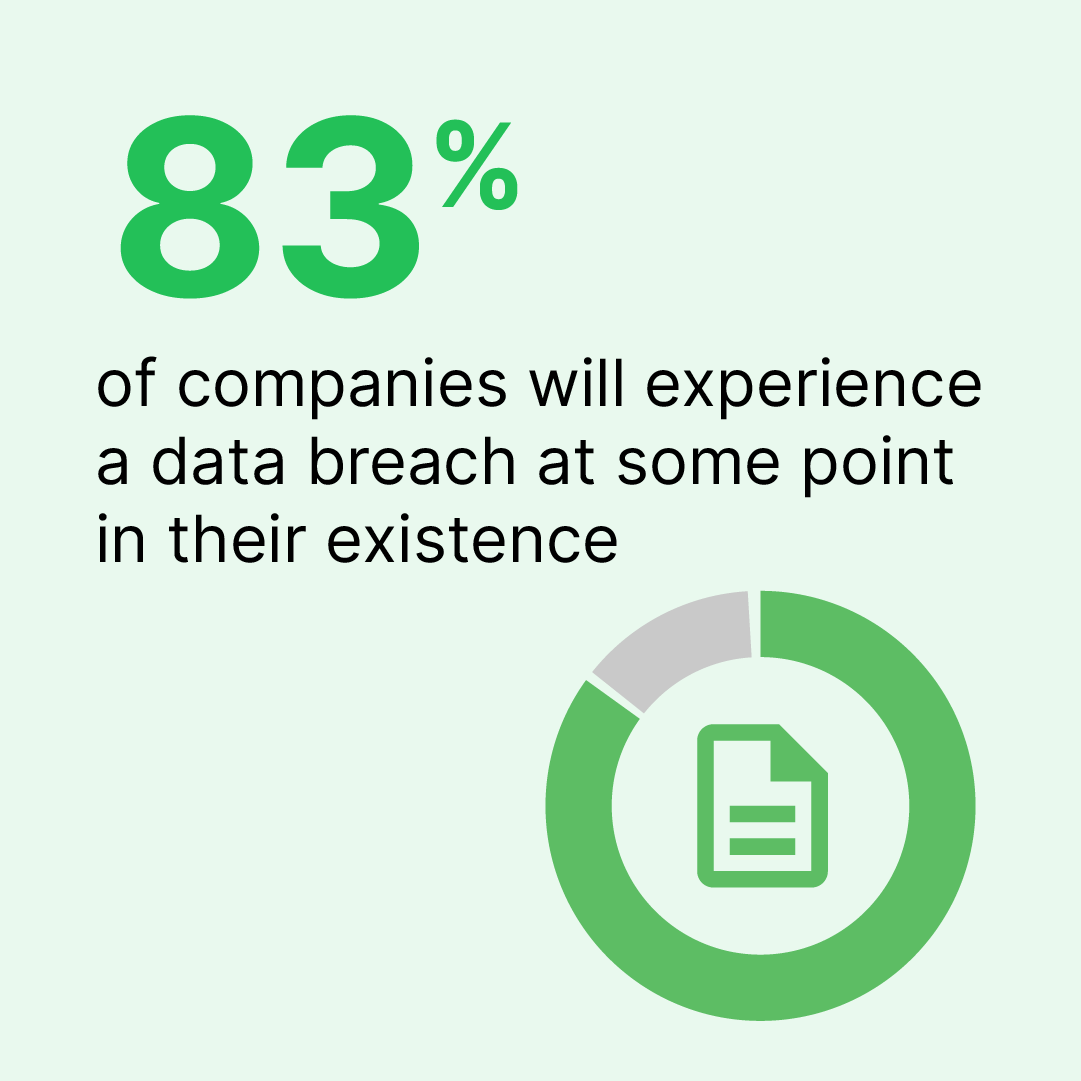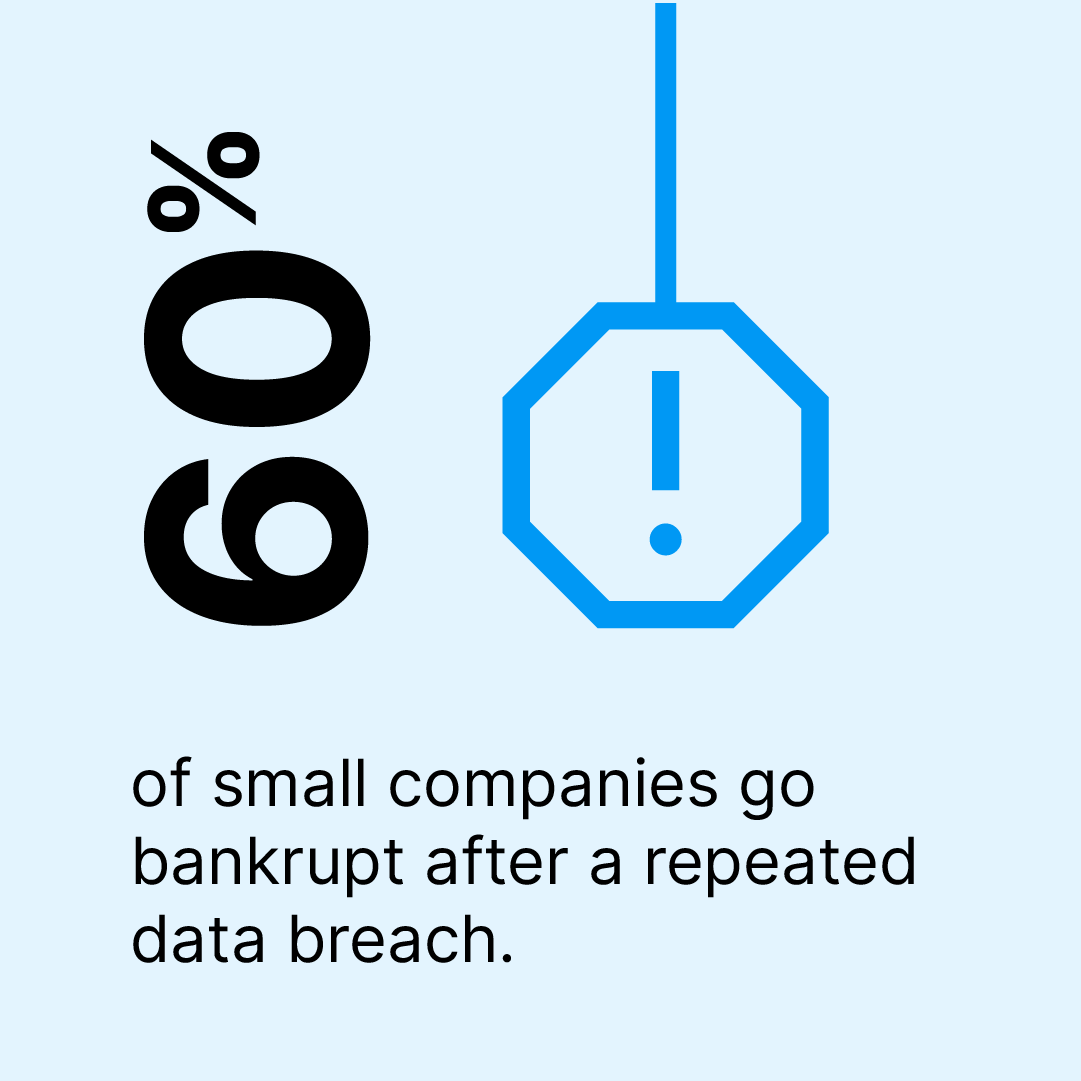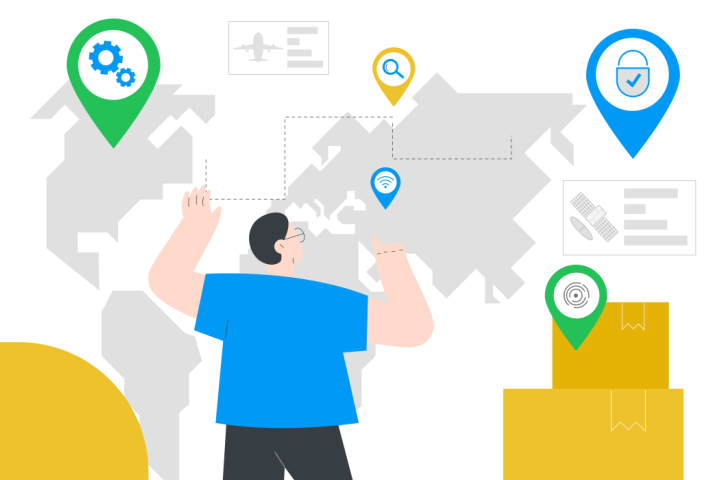Data loss prevention (DLP) is an integral part of an organization’s security strategy – if the organization is serious about data protection, of course. When we say data loss, we’re talking about any instance in which sensitive data is leaked or stolen from an organization. This can happen through human error or the malicious acts of a 3rd party. The channels in which data loss occurs are varied – emails, networks, clouds, and hardware theft can all be entry points for thieves.
Obviously, it isn’t just out of good faith that organizations strive to keep their data safe. Many data protection regulations require DLP for an organization to be in compliance and/or receive certification. For example, the PCI DSS, GDPR, and HIPAA all expect data to be properly managed in order to prevent leaks. And the Holy Grail of data protection, the ISO/IEC 27001 standard, was updated in October 2022 to include a “Data Leakage Prevention” requirement (and Safetica was quick to react).
Add some unpleasant statistics into the mix: 83% of companies will experience a data breach at some point in their existence (many more than once), and 60% of small businesses will close within six months of a data breach (IBM’s Cost of a Data Breach Report 2022)… and you know you need a DLP solution sooner rather than later.


While researching DLP solutions for your organization, you might’ve come across two different variants: dedicated DLP (also known as enterprise DLP) and integrated DLP.
In simple terms, a dedicated DLP is a dedicated data loss prevention system. An integrated DLP is an extension to an existing program already used within the organization.
What is dedicated DLP?
Dedicated DLP is the more sophisticated of the two. As a standalone product, it is a comprehensive solution that secures data on all channels of data loss at once. Dedicated DLP uses a centralized and often automated system to monitor and report on everything happening in an organization’s cybersecurity landscape.
It is obvious that a dedicated DLP, given its complexity and highly sophisticated nature, is more resource intensive. On the other hand, an organization’s entire data loss prevention system will be visible and manageable from a single console, making it more efficient to use. It can also cover all the cyber-security bases, unlike an integrated DLP.
THE PROS
- Efficient
- Sophisticated and comprehensive
- Single console
- Covers all the bases
THE CONS
- Can be expensive
- Resource intensive
What is integrated DLP?
An integrated DLP solution has less sophisticated capabilities because it is just an extension of an existing tool instead of being an independent product with the sole purpose of preventing data loss.
There is no integrated DLP solution that will cover all channels of data loss, resulting in the need to use multiple solutions for multiple channels. That, of course, means possible blind spots and ineffective coordination between the individual integrations.
For example, antivirus software can have DLP extensions, protecting against malware or ransomware that enters your system through emails or dangerous websites. But it won’t do much in terms of network DLP or protecting data in the cloud.
As such, integrated DLP can’t be as comprehensive as a dedicated DLP solution. It will always target a specific channel and work to prevent data loss there, but never across an entire system.
Integrated DLP solutions can be the right choice for the smallest organizations that have very limited data sensitivity or those that aren’t too bothered with regulation compliance.
THE PROS
- Less expensive
- Uses existing resources
THE CONS
- Not comprehensive
- Hard to coordinate multiple products
- Potential blind spots
How Safetica’s DLP solutions can protect your data
Using Safetica’s DLP solutions will allow you to prevent data leaks and help investigate incidents, ensure regulatory compliance, and prevent human errors and deliberate malicious actions.
Starting with an audit to understand the flow and context of your organization’s sensitive data, we will help you set up your security policies to reflect industry best practices and stay on top of always-evolving cyber-security measures. Our automated alerts and real-time reports will ensure that your system is under efficient surveillance.
Safetica’s DLP products are simple and smart. It’s not just a slogan. We are committed to simplicity, automation, and a fast adoption process. Data loss is a headache, but your DLP system shouldn’t be.
Next articles

Securing Slack: The Power of Data Loss Prevention
Slack has become the go-to cloud-based collaboration tool for companies of all sizes. Read how to secure Slack with Safetica.

